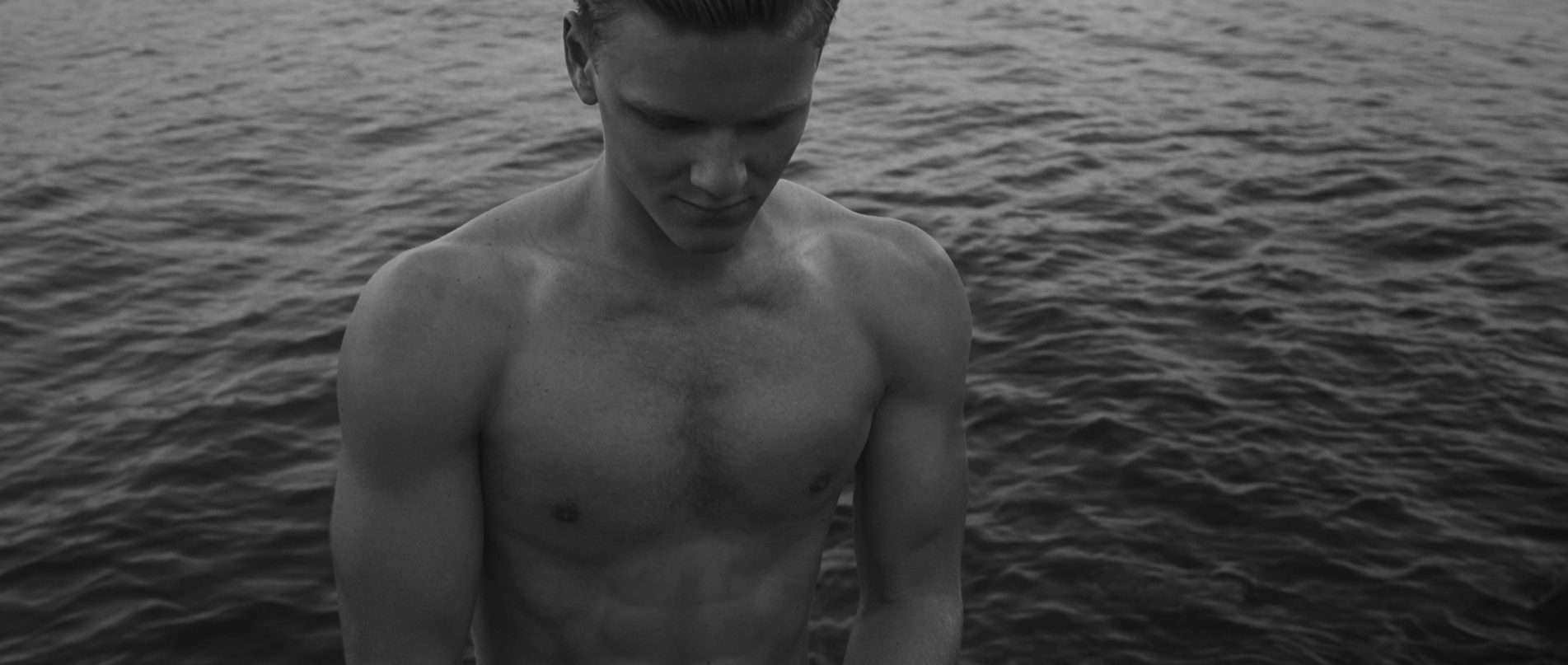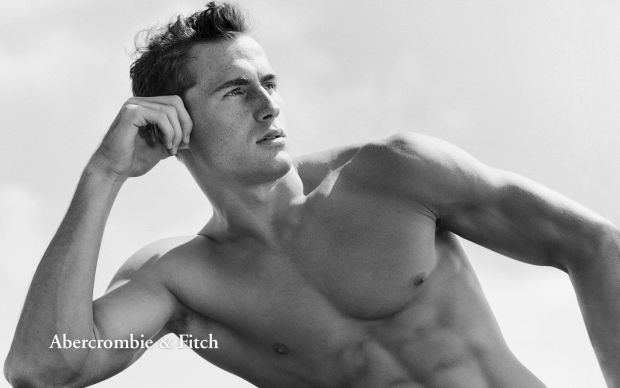
Prompt Images
Abercrombie is Back–And They Think You’re Much Cooler Now That You Have Disposable Income to Burn!
Few of us who came of age during the mid-to-late ’90s can deny that Abercrombie & Fitch succeeded, totally and completely, with branding itself. Years later, I can’t think of any other brand whose name still triggers such a clear image: the smell of cologne, the sound of pumping music, the unobstructed views of male abdominals, the feel of thick, luxurious wool–and the bitter taste of knowing I was not cool enough for any of it.
Abercrombie cultivated exclusivity and privilege in a way that’s normally reserved for luxury, high fashion designers at many times the price. But to me, a 16 year old in suburban Maryland, what was really the difference between a $90 Abercrombie sweater and a $400 designer one? They are equally inaccessible when you have $30 to spend that week. So Abercrombie was plenty unattainable as it was, and their marketing was happy to underscore the point: Abercrombie was for cool kids only.

The Old Abercrombie, much like this shirtless guy, was not looking in your direction
I owned one Abercrombie shirt, purchased on clearance, a prized possession which elevated any outfit to full-on Cool Person Drag, allowing me to borrow a persona I knew I could not sustain. Hell, I could barely pull off American Eagle on a good day. I knew my place and so, like many people, I forgot about Abercrombie and built what I felt was a more creative and distinctive personal style anyway. I moved on with my life, went to college, got a job. And then, when the brand eventually began to crumble, I sat back and watched with glee.
It started with Salon’s bizarre and fascinating 2006 profile of Abercrombie CEO Mike Jeffries, which offered a humiliating portrayal of the CEO as an eccentric, obsessed with youth, beauty, and coolness in a way that would be sad for a 20 year old but was absolutely tragic for a grown man. It continued when the brand was exposed and criticized for its purposeful decision to offer a more limited size range than its competitors. And it was cemented when a Muslim woman successfully sued the store for discriminatory hiring practices, confirming what many felt was long obvious: Abercrombie’s lack of diversity and representation was not an oversight. It was a policy.
The collapse took a while; as recently as 2012, Abercrombie’s sales were still climbing, peaking at $4.5 billion annually before they finally started to slide uncontrollably. In 2014, Jeffries departed, his reputation in tatters despite having taken the chain from an obscure outdoor catalog to the behemoth it had become. Behind the scenes, the rebuilding strategy had begun. But it wasn’t until just this month that the new Abercrombie was officially unleashed. Elizabeth Holmes tracked its re-emergence and re-branding in a piece for the Wall Street Journal. Cynics take note: the brand is going positive and inclusive… now that people like that sort of thing.

Dude–I think you’re supposed to cook that.
As Holmes and other outlets note, Abercrombie has redesigned its website and wiped its social media presence clean, starting from scratch. (So many abs gone with just the click of a button.) The image above is representative of the new branding: two young people, including one who is not white, sit in some kind of sport utility vehicle and playfully maul a raw lobster that they have presumably just caught themselves, modeling the rugged yet incredibly stylish clothing which enables them to live such vibrant lives.
If you know Abercrombie’s history, this reflects a step up. More inclusive? Yes. Less sexualized? Definitely. But more attainable and accessible? Hardly. Few of us live lives where we can park our sporty vehicles directly on the beach and dine on lobsters, Because Living in the Moment. If this were me, I would have been a) towed 20 minutes ago and b) wearing a lobster bib, maybe two them them, because that sweater is 90 freaking dollars.
And that’s the dark truth behind this cheery overhaul: Abercrombie is a brand built on exclusivity and privilege and its new efforts, however well intentioned, can’t escape that heritage. As A&F’s executive chairman noted in a recent interview, the re-branding is geared at 20-somethings who harbor a “latent affection” for the brand; indeed, its goal is to be “the iconic American casual luxury brand for today’s 20-something consumer.” Translation: you weren’t cool enough for them when you were in high school, but now that you have some scratch, you’re looking a little more attractive to good ole Abercrombie. The brand’s image might be built on youth — after all, LFO’s lyric wasn’t “I like women who wear Abercrombie & Fitch” — but its profits rely on people with an income to burn.
Will Abercrombie’s transition be successful? I dunno. I don’t work in the retail industry. I’m just a person who lives near a shopping mall. I suspect, however, that it depends on your definition of success. The industry is changing and traditional brands are suffering as millennial consumers eschew once-untouchable brands like Gap in favor of more agile “fast fashion” retailers like Forever 21. But right now, almost anything would be an improvement for this ailing brand. And nothing would surprise me, including if Abercrombie came roaring back to popularity among younger millennials.
I suspect that for 30-somethings like me, though, A&F is gone, never to be reclaimed. But for younger generations who weren’t excluded, insulted, and offended by the A&F of yore, there’s plenty of room for a comeback–built on a newer, artfully tweaked, shirt-wearing version of the same old exclusivity.



